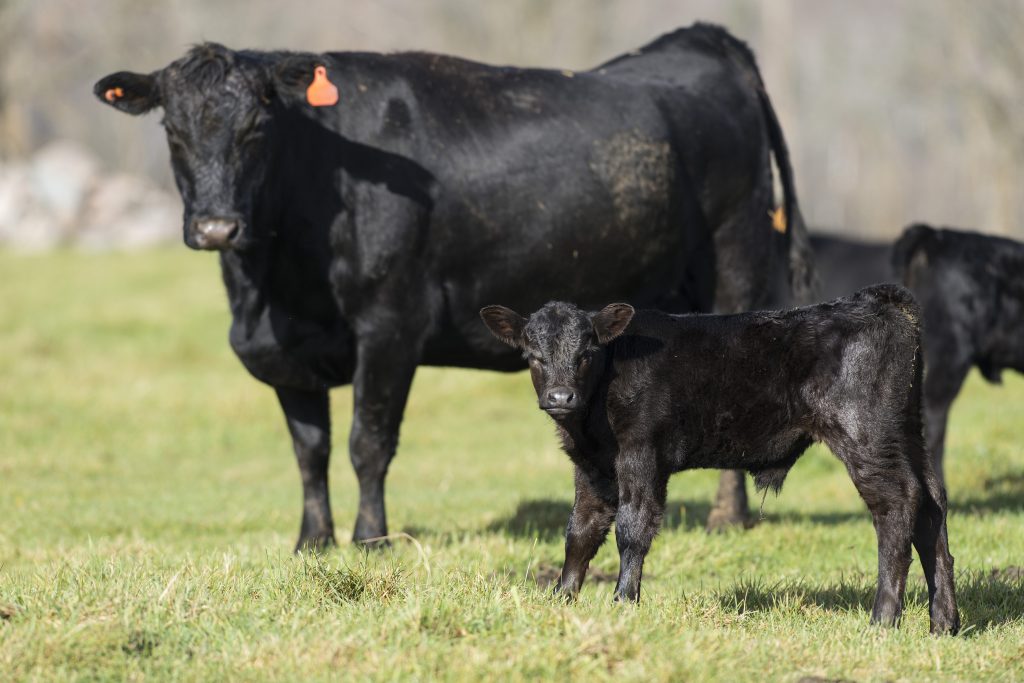
On today’s Cow-Calf Corner, Jacee De Vries and Chris Johnson, Graduate Research Assistants at Oklahoma State University Department of Animal and Food Sciences, talk about turning a profit with genetics in consideration.
The goal of any cow/calf operation is to raise calves that generate the highest payout. Traditionally, cattle are evaluated based on physical traits that have worked for the producer in the past. With the help of genomic testing, producers can see each animal’s genetic potential as soon as it hits the ground. Genomic testing is especially useful for selecting calves for retained ownership through finishing. When selecting cattle to finish, knowing their potential for gain and quality can be very beneficial in maximizing profitability.
Genomic tests are a tool that can be used to create strategic marketing plans by taking a small ear tissue sample to compare genome traits of a calf to others in their breed. Tests can range from $15-39, depending on the level of detail desired. These test results will provide producers with maternal, production, and carcass trait scores on a scale of 1-10. Some of the traits analyzed are milk yield, weaning weight, average daily gain (ADG), marbling score, ribeye area, and many more. Additionally, many testing companies compile performance and carcass scores into a terminal index. These indices identify calves with the highest potential for profit when sold on the grid. Values assigned to these economic traits along with maternal traits can give the producer a new perspective on their herd.
Seedstock producers have made genomic testing a standard practice among breed associations. Commercial producers and cattle feeders are beginning to realize the potential for using genomic tests to gain insight on their cow herd, bulls they use, or management practices. By transitioning to genomics-based selection, the rate of genetic progress can be greatly improved. Marketing high-quality beef begins at the cow-calf level. If producers are choosing to retain ownership through the feedlot or finish cattle on the farm, genomic test results can be a very helpful indicator of expected performance. For example, producers can retain ownership of calves out of dams with high test scores for ADG, hot carcass weight, ribeye area, and marbling. If fed to their maximum potential, these cattle will weigh more at finishing and grade better at the plant. In addition to using genomic testing for management decisions, testing can also be very beneficial for marketing decisions. Many tests provide an optimum number of days on feed for each individual animal. This tells producers the exact day that the cost of feeding the cattle begins to outweigh any additional gains. Some tests also identify each animal’s risk for Bovine Congestive Heart Failure. This allows producers to select lower risk cattle or choose to manage higher risk cattle differently.
According to the 2011 USDA-APHIS survey, over 50% of cattle in feedlots are being custom fed or jointly owned between the producer and feedlot. With the majority of producers having a role in finishing cattle, maximizing gains is more important than ever. Many commercial producers are leaving dollars on the table by shipping mixed loads of productive and unproductive calves to the feedlot. By taking advantage of the information provided by genomic testing, cattle owners can minimize risks and feed cattle to their maximum potential.














